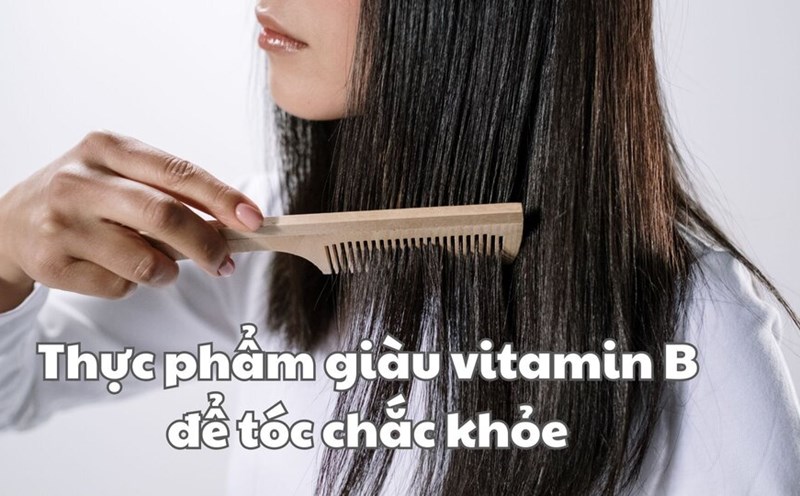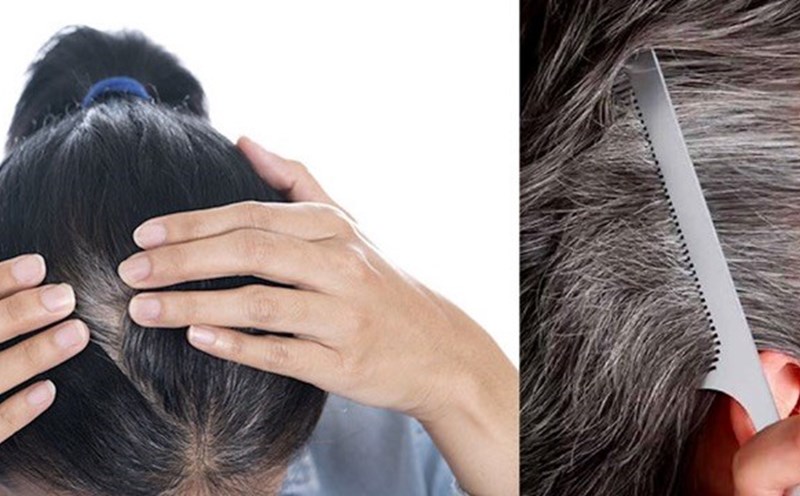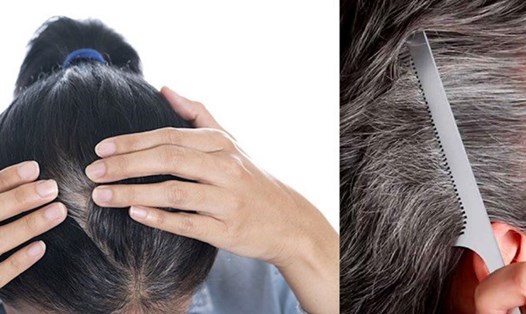What is Tretinoin?
Tretinoin is a derivative of vitamin A, belonging to the retinoid group. Tretinoin is used to treat acne, restore skin damaged by UV rays and solve skin aging problems. The mechanism of action of tretinoin is to accelerate the skin's life cycle, helping cells divide faster, stimulating the production of collagen and elastin.
How does tretinoin help hair growth?
According to a study published in the American Journal of Clinical Dermatology, a combination of tretinoin (0.01%) and minoxidil (5%) applied once daily is effective and safe in treating hair loss.
Tretinoin promotes hair growth by increasing cell turnover in the scalp, helping to remove dead skin cells and unclog hair follicles, resulting in a healthier scalp.
How to use tretinoin to stimulate hair growth
- Wash and dry scalp thoroughly.
- Apply a small amount of tretinoin gel or cream (0.025% - 0.05%) to the area of the scalp where hair loss occurs. This product should be used at night.
- After the tretinoin has dried (about 20 - 30 minutes), apply minoxidil (2% - 5%).
- You can start using tretinoin 2-3 times a week. Then increase the frequency to daily, depending on compatibility with your scalp.
Side effects of using tretinoin for hair
- You may experience scalp irritation, often with redness, itching, dryness or flaking.
- Your scalp may become more sensitive to sunlight, so your risk of sunburn is also higher.
- Initially, you may notice more hair loss as the hair follicles begin a new growth cycle.
- Contact dermatitis may occur in some people.
- To minimize the side effects of tretinoin, adjust the frequency of use or use it at a lower concentration. People with sensitive skin, eczema or a history of severe allergies should avoid using tretinoin because it can worsen irritation and inflammation.
- Pregnant or breastfeeding women should also avoid using tretinoin. In addition, people with severe sensitivity to sunlight or who regularly work in the sun should be cautious because tretinoin increases the risk of sunburn.









